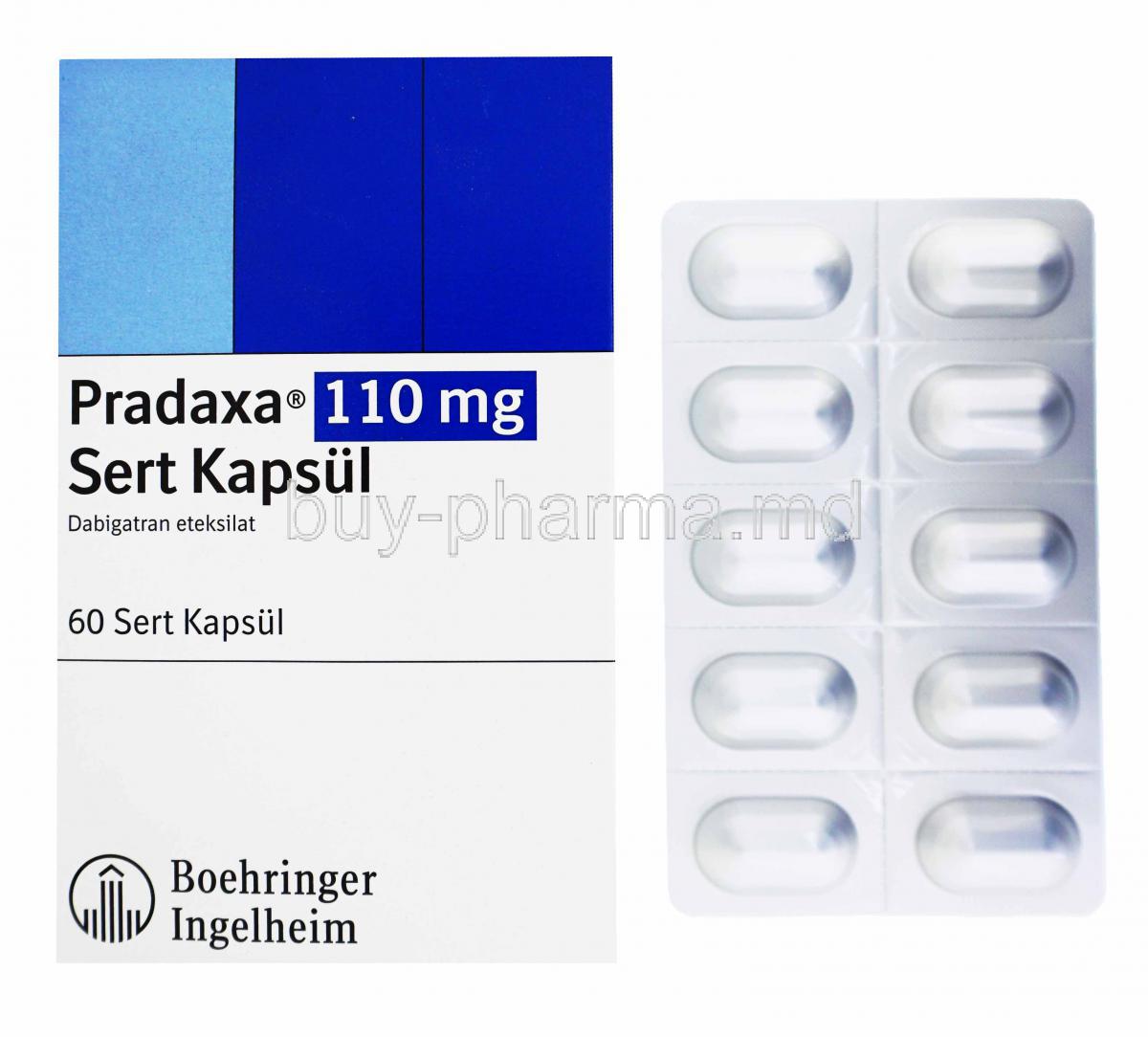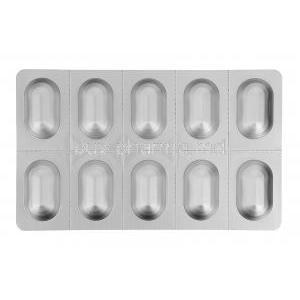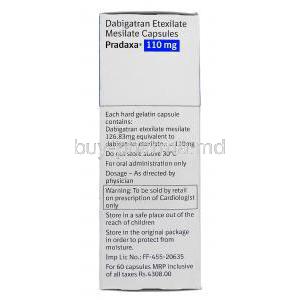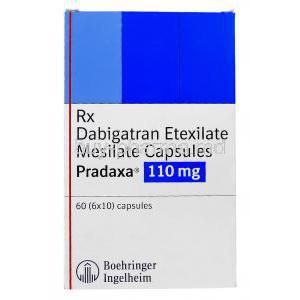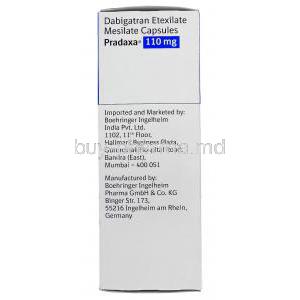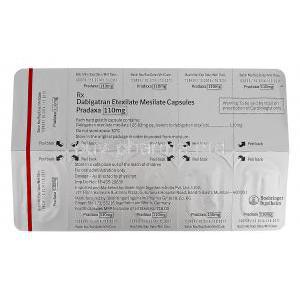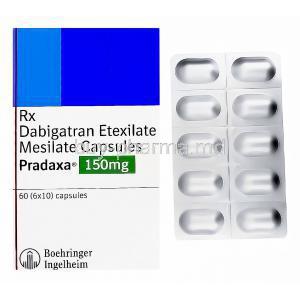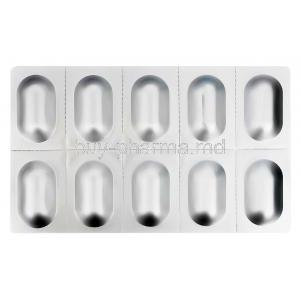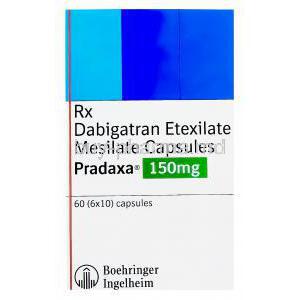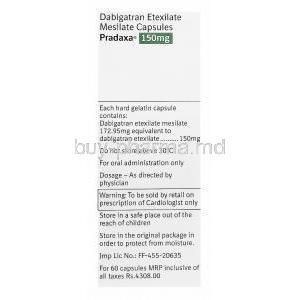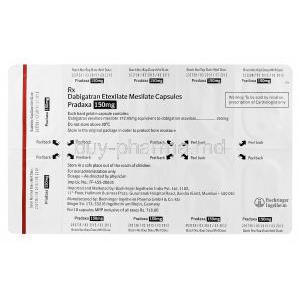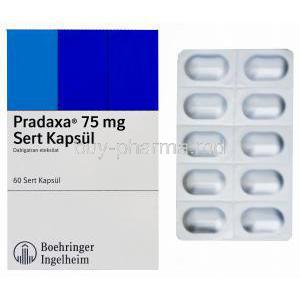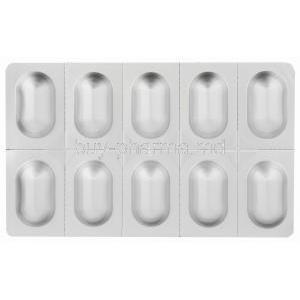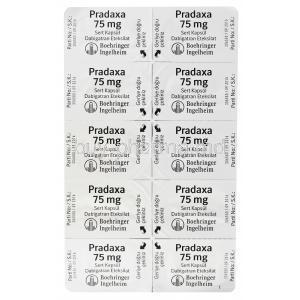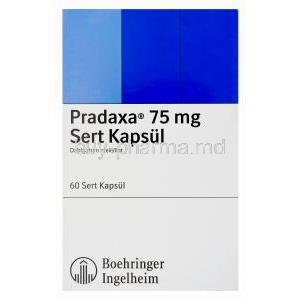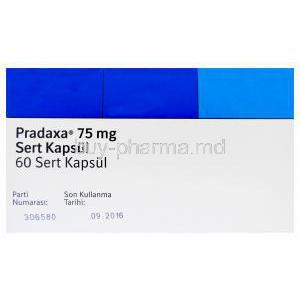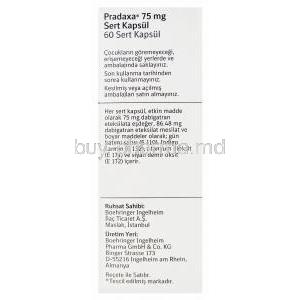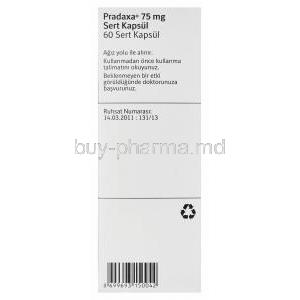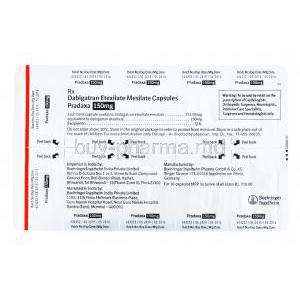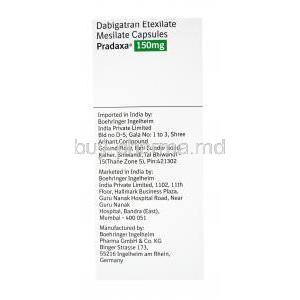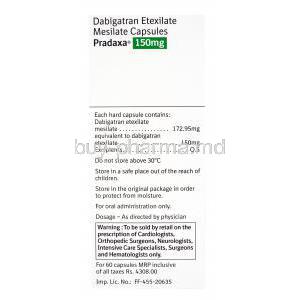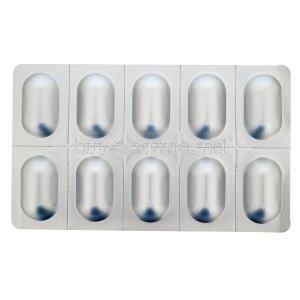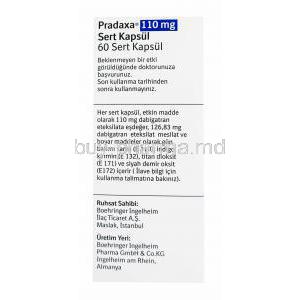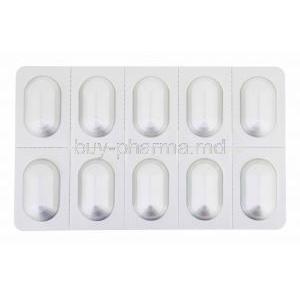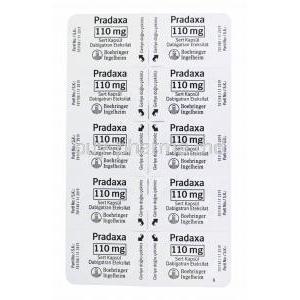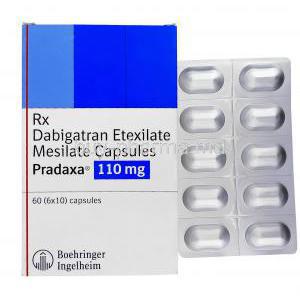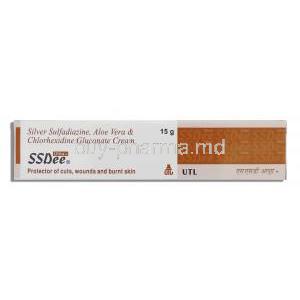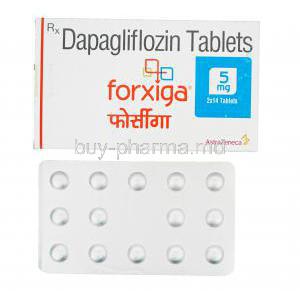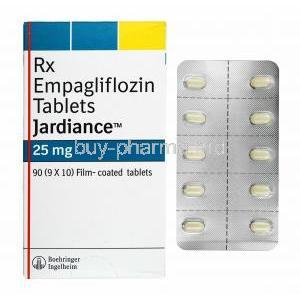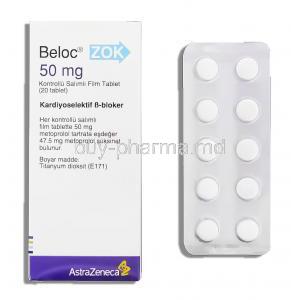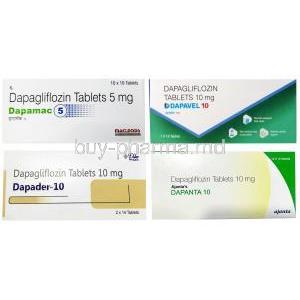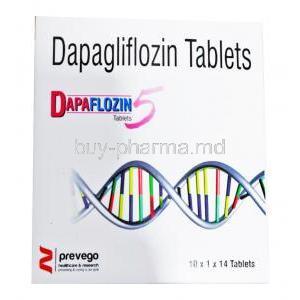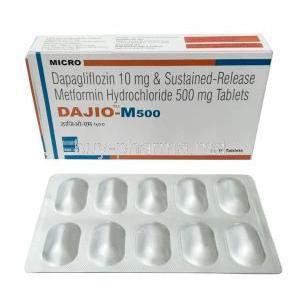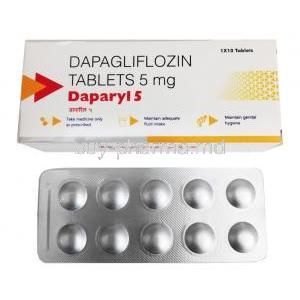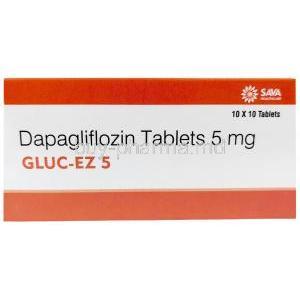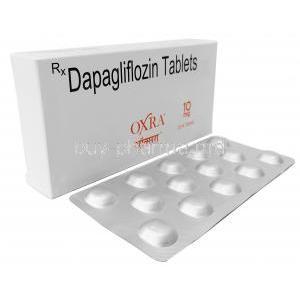Pradaxa
- 1. Introduction to Pradaxa
- 2. Composition of Pradaxa
- 3. Mechanism of Action: How Pradaxa Works
- 4. Approved Uses of Pradaxa
- 5. Off-Label Uses of Pradaxa
- 6. Dosage and Administration Guidelines
- 7. Common Side Effects of Pradaxa
- 8. Serious Adverse Effects and Complications
- 9. Drug Interactions with Pradaxa
- 10. Warnings and Contraindications
- 11. Special Considerations: Administering Pradaxa
- 12. Overdosage: Symptoms and Management
- 13. Handling and Storage of Pradaxa
- 14. Pradaxa in Clinical Practice: Case Studies
- 15. Important Precautions and Patient Education
1. Introduction to Pradaxa
Overview of Pradaxa: Definition and Purpose
Pradaxa, a known blood thinner, is crucial in preventing thromboembolic events. Its main goal is to reduce the chances of stroke and blood clot formation in patients with medical conditions.
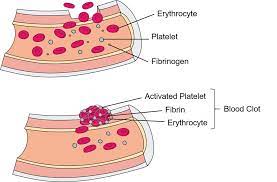
Historical Development and FDA Approval
Pradaxa, which underwent research, received FDA approval based on its proven effectiveness and safety in numerous clinical trials. This achievement represents a progression in the field of anticoagulant therapy.
2. Composition of Pradaxa
Active Ingredients and Their Functions
Dabigatran Etexilate: A substance that effectively blocks the action of thrombin, essential for preventing blood clot formation. Auxiliary substances: Improve the absorption and long-term effectiveness of the medication.
Excipients in Pradaxa: Roles and Importance
Inactive substances known as excipients play a role in the delivery of drugs, ensuring that Dabigatran remains stable and gets absorbed effectively.
3. Mechanism of Action: How Pradaxa Works
Pharmacological Properties of Pradaxa
Pradaxa works as an anticoagulant by blocking thrombin, which plays a crucial role in blood clotting. Doing it helps reduce the likelihood of forming clots.
Pradaxa’s Role in Blood Clot Prevention
Pradaxa effectively stops the production of fibrin clots by targeting thrombin. These clots play a role in forming blood clots in both veins and arteries.
4. Approved Uses of Pradaxa
Treatment and Prevention of Deep Vein Thrombosis
Pradaxa (dabigatran etexilate) is a direct thrombin inhibitor that is used to treat deep venous thrombosis (DVT) and pulmonary embolism (PE) in adult patients who have been treated with a parenteral anticoagulant for 5-10 days 1. Pradaxa is also indicated for the reduction of the risk of recurrence of DVT and PE in adult patients who have been previously treated 1.
Use in Atrial Fibrillation and Stroke Prevention
Pradaxa is also used for the prevention of stroke and systemic embolism associated with nonvalvular atrial fibrillation 1. Clinical trials have shown that Pradaxa is superior to warfarin for stroke prevention in patients with atrial fibrillation, with similar rates of major bleeding 4.
1: For more information on Pradaxa, please refer to FDA. 2: For more information on Pradaxa’s effectiveness in preventing DVT, please refer to PubMed. 3: For more information on Pradaxa’s effectiveness in preventing DVT in patients who have undergone knee or hip replacement surgery, please refer to PubMed. 4: For more information on Pradaxa’s effectiveness in preventing stroke in patients with nonvalvular atrial fibrillation, please refer to American Family Physician.
5. Off-Label Uses of Pradaxa
Exploring Unapproved Yet Common Uses
Although it is not formally prescribed for cases, doctors sometimes choose to use Pradaxa in situations involving mechanical heart valves or severe thrombocytopenia.
References:
Clinical Evidence Supporting Off-Label Applications
Current research indicates that there are promising possibilities for the use of Pradaxa in off-label applications. However, further studies are required to obtain approval in these areas.
6. Dosage and Administration Guidelines
Recommended Dosages for Various Conditions
The recommended amount of Pradaxa can differ based on the medical condition being addressed. Generally, it ranges between 150 mg to 300 mg daily, typically taken in doses throughout the day.
Instructions for Proper Administration
Patients should adhere to recommendations, which include refraining from breaking or chewing the capsules and considering when they should be taken about meals.
7. Common Side Effects of Pradaxa
Identifying Frequently Occurring Adverse Effects
The digestive system issues instances of bleeding.
Managing and Mitigating Common Side Effects
To handle these side effects, patients might need to modify their dosage or receive care depending on the intensity and duration of symptoms.
8. Serious Adverse Effects and Complications
Recognizing Severe Reactions to Pradaxa
Severe allergic reactions, significant instances of bleeding, and liver damage are some of the side effects that necessitate immediate medical attention.
Steps to Take in Case of Serious Side Effects
In situations like these, it is essential to seek medical attention. Emergency care should be. Possible actions may involve stopping certain medications or administering reversal agents.
9. Drug Interactions with Pradaxa
Common Medications and Their Interactions
Pradaxa can interact with medications, including antiplatelet agents, nonsteroidal anti-inflammatory drugs (NSAIDs), and specific antifungal medications. These interactions can. Enhance the blood thinning effect of Pradaxa, leading to a higher risk of bleeding or reducing its effectiveness, increasing the likelihood of clotting events.
Managing and Avoiding Harmful Drug Combinations
To minimize the chances of any effects, healthcare professionals must review a patient's medication history carefully. It is recommended that patients openly share information about all the medications, supplements, and herbal products they are taking with their healthcare provider to ensure usage alongside Pradaxa.
10. Warnings and Contraindications
Identifying High-Risk Groups and Conditions
Pradaxa should not be used in patients who are currently experiencing bleeding, have a known sensitivity to its components or have mechanical prosthetic heart valves. It is also essential to exercise caution when prescribing Pradaxa to patients with impaired kidney function or those who are undergoing spinal/ anesthesia or puncture.
Specific Contraindications for Pradaxa Use
Additionally, it is not recommended to use Pradaxa along with blood thinners because it increases the chances of bleeding. This caution should be followed unless there is a medical need for transitioning to or from Pradaxa while under close medical supervision.
11. Special Considerations: Administering Pradaxa
To Elderly Patients
. Observation for Older Adults: Senior patients might need to adjust their medication doses because their kidney function could decline. It is advisable to monitor for any signs of bleeding or changes in renal function.
To Pregnant Women and Nursing Mothers
Safety Considerations and Recommendations: When it comes to using Pradaxa during pregnancy, it is essential to exercise caution and only proceed if the potential benefits outweigh the risks to the unborn baby. For nursing mothers, it is advised to either stop taking the medication or stop breastfeeding.
To Children
The use of Pradaxa in patients has not been proven to be safe and effective. Therefore, healthcare providers should rely on their expertise when considering its use in children.
12. Overdosage: Symptoms and Management
Recognizing Overdose Signs
Signs of an overdose of Pradaxa may consist of bruising, prolonged bleeding from cuts, frequent nosebleeds, and heavier menstrual or vaginal bleeding than usual.
Emergency Measures and Antidote Information
If there is an overdose, it is important to seek medical help. The prescribed antidote for Pradaxa is called idarucizumab. It should be given under the supervision of a healthcare professional.
13. Handling and Storage of Pradaxa
Proper Storage Conditions
Pradaxa needs to be stored at room temperature from any moisture or heat. Keep the medication in its container and tightly sealed when you're not using it.
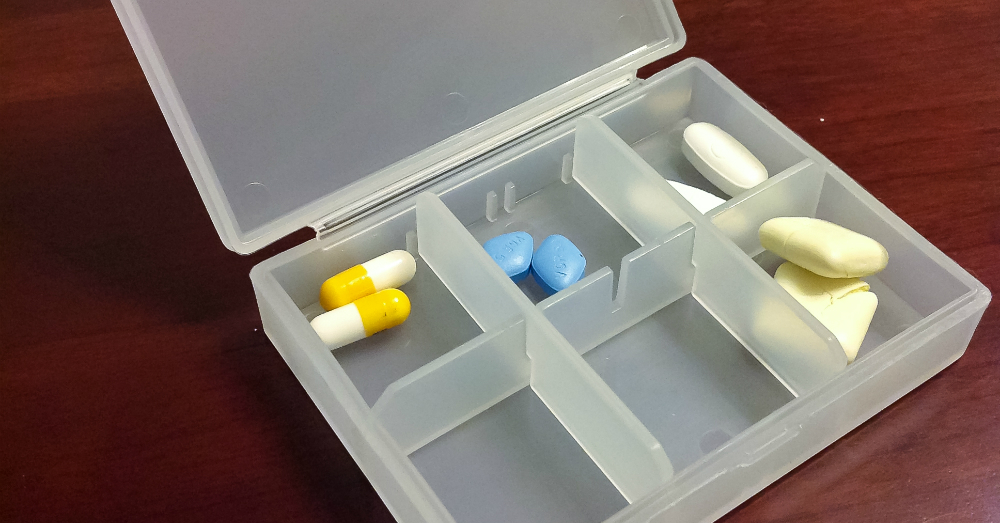
Handling Precautions for Safety
When using Pradaxa, it is essential to prevent any contamination or exposure to moisture. Please refrain from opening, chewing or crushing the capsules.
14. Pradaxa in Clinical Practice: Case Studies
Real-world Applications and Outcomes
Clinical case studies show that Pradaxa has proven effective in real-life situations. It dramatically decreases the chances of stroke for patients with fibrillation.
Insights from Healthcare Professionals
Medical experts have highlighted the significance of conducting patient evaluations before prescribing Pradaxa. They emphasize the need to assess function and regularly monitor patients for any potential bleeding complications.
15. Important Precautions and Patient Education
Patient-Centric Guidelines for Pradaxa Use
Ensuring the effective use of Pradaxa relies heavily on educating patients. It is crucial to guide them on adhering to the medication, recognizing signs of bleeding, and making lifestyle modifications.
Educating Patients for Optimal Outcomes
Ensuring patients receive education involves informing them about the importance of attending regular follow-up appointments, being mindful of any dietary interactions (such as those with foods containing vitamin K), and understanding the significance of adhering to consistent dosing schedules.

